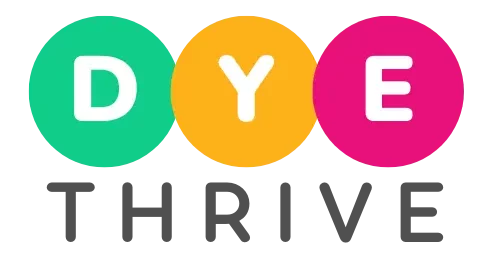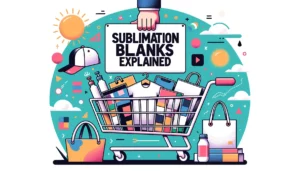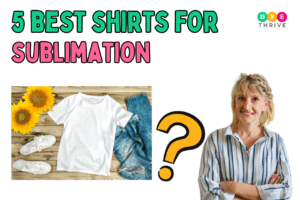So you want to start printing custom designs and merchandise, but can’t decide between sublimation and screen printing. Both are popular printing techniques, but which one is better for your needs?
I’ve printed hundreds of shirts using both methods and in this article, I’ll compare the key differences between sublimation vs screen printing.
My goal is to help you understand the pros and cons of each, so you can confidently choose the best printing technique for your business.
How Sublimation Printing Works
First, let’s quickly cover how sublimation printing works. It uses a chemical process to infuse dye into polyester-based materials like fabric, mugs, phone cases, etc.
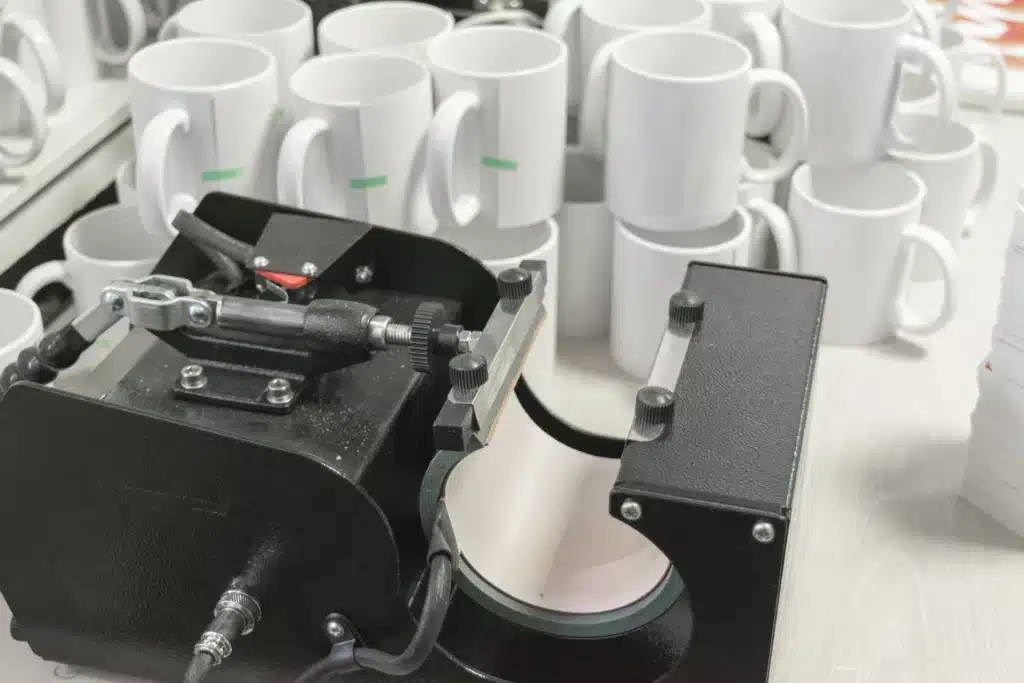
The sublimation printer uses special CMYK inks that turn into a gas when heated. Your design is printed onto transfer paper, and then heat and pressure are applied using a heat press.
This causes the ink to vaporize and permanently bind with the polyester fibers.
It’s an automated process that requires a sublimation printer, heat press, transfer paper, and polyester blanks. Designs can be easily printed from your computer.
How Screen Printing Works
Screen printing is very different from sublimation. It’s a manual technique where ink is pushed through a stenciled mesh screen onto the fabric using a squeegee.
For each color in the design, a separate screen needs to be created. So for a two-color print, you need two screens. The more colors, the more prep work required.
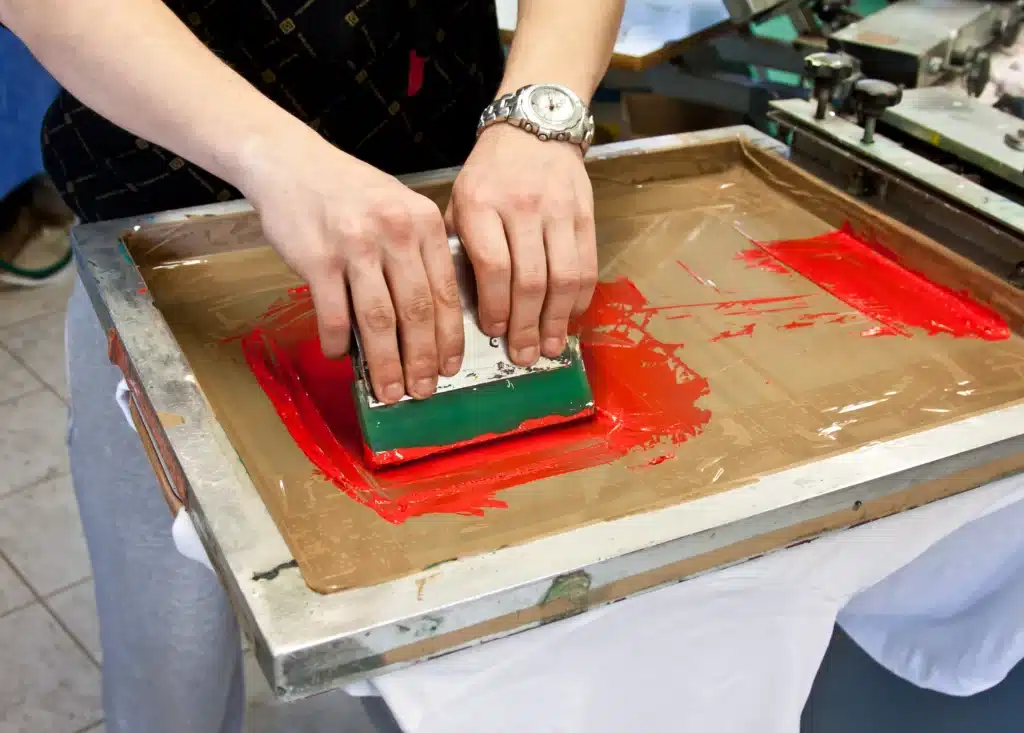
The screens are hand-made by covering mesh fabric with a light-sensitive emulsion. Your design is printed onto a transparency sheet, and then exposed onto the screens to create a stencil.
It’s best for simple designs since each color needs a stencil. But the tactile ink layer creates a unique hand-feel. Overall, screen printing requires more equipment and labor.
Sublimation Vs Screen Printing
Below are the differences between sublimation and screen printing:
1. Print Quality and Durability
Sublimation provides stunning print quality with vibrant colors and crisp fine details. Photos and complex designs are no problem.
The ink actually becomes part of the fabric, rather than sitting on top. This makes sublimation prints extremely durable with no cracking, peeling or fading over time.
Screen printing also yields excellent print quality and vivid colors. But it’s better suited for simpler designs, logos, text, and graphics that use 1-3 colors.
While screen-printed ink lasts fairly well through washings, it can eventually crack or fade since it sits on top of the fabric. Sublimation is the clear winner for long-lasting wearability.
2. Print Complexity and Colors
Sublimation printing handles complex artwork, photographs, and designs with gradients much better than screen printing. You can print unlimited colors and details as easily as printing a Word doc.
Screen printing is great for bold, high-contrast designs with fewer colors. Intricate gradients and color blending are very difficult and half-toning can be tricky.
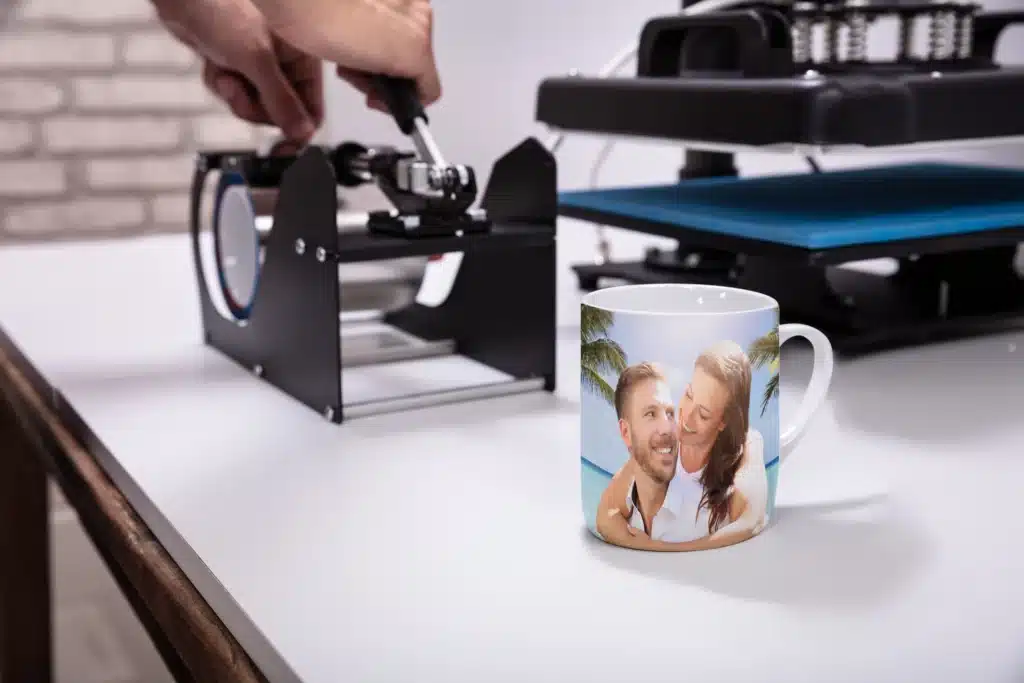
Keep designs simple with spot colors to get the best screen-printed results. Photos and complex illustrations don’t work as well.
Note: Simulated process printing uses CMYK colors to simulate full-color designs, but the results are not as vivid.
3. Special Effects
Here’s an area where screen printing shines over sublimation. Since ink sits on top of the garment, you can add awesome effects:
- Metallic, pearl, or puff inks for a raised texture
- Glitter, foil, and glow-in-the-dark inks
- Iridescent and cracked ink effects
- Distressing with creases and fades
Sublimation is limited to processing CMYK colors. No specialty inks or effects are possible unless printed in the design. However, improvements in design software continue to push sublimation’s capabilities.
4. Fabric and Material Support
Sublimation only works on fabrics with at least 65% polyester, ideally 90% or more. It also prints well on coated ceramics, metals, acrylic, and polypropylene plastic.
Screen printing can print on all types of fabrics – 100% cotton, blends, and polyester. It also works on materials like paper, wood, vinyl, glass, and more. Far fewer limitations here.
My advice is to choose the printing method that best matches your desired blank products. For poly-based apparel, sublimation is great. For posters and tote bags, screen printing may make more sense.
5. Eco-Friendliness
Sublimation wins here thanks to the non-toxic, water-based inks and lack of waste. On-demand sublimated products are only printed as needed, avoiding overproduction.
Screen printing requires more resources and preparation for each job. Plus plastisol ink is harmful and not biodegradable. However, water-based screen printing ink is an eco-friendly alternative gaining popularity.
6. Order Quantity and On-Demand Printing
A major perk of sublimation printing is the ability to profitably print small quantities or even single custom orders. This makes it perfect for on-demand dropshipping shops.
Screen printing has high setup costs of burning screens and preparing stations. So it becomes much more affordable at bulk order quantities of around 25 pieces per design.
If you want to do short print runs or make one-off custom pieces, sublimation is far better suited for on-demand fulfillment. For large bulk orders, screen printing saves money.
7. Initial Investment and Reorder Costs
To start, screen printing requires less equipment and lower startup costs than sublimation. Entry-level kits start at around $300. You can even DIY screens using cheap mesh fabric and emulsion.
Sublimation needs a commercial printer and heat press which starts around $2000 for a basic setup. The ink and transfer paper are also recurring costs.
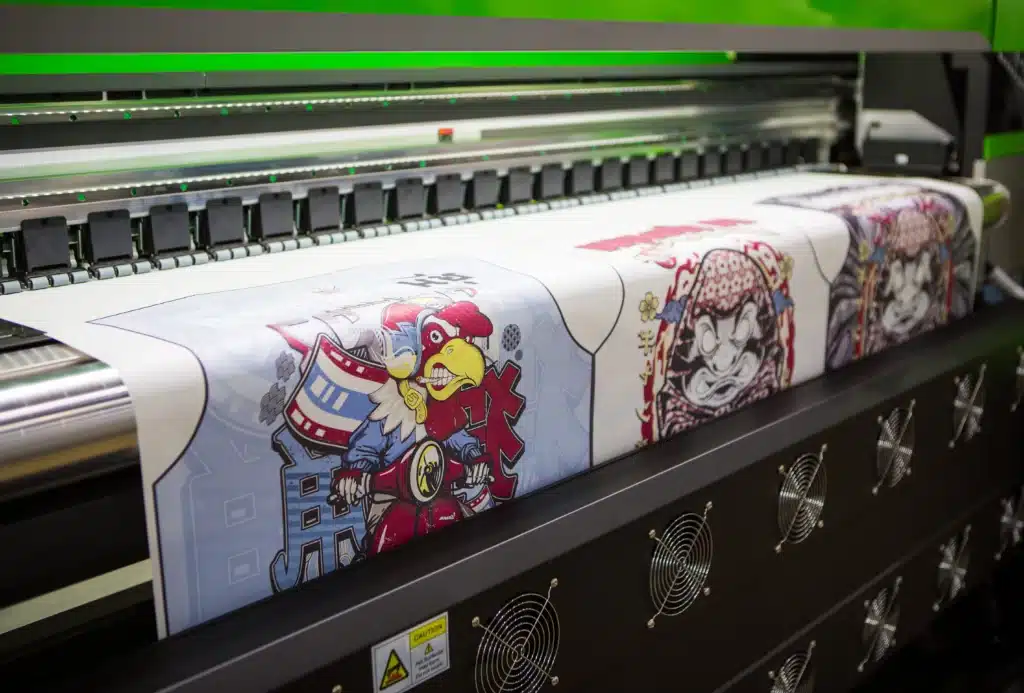
However, sublimation has no additional setup fees for reorders – just print and press new transfers anytime. Screen printing requires burning new screens and setup for each reorder.
8. Consistency of Prints
Screen printing allows very consistent prints once dialed in correctly. Emulsion screens can be reused over and over, making it easy to produce identical prints.
Sublimation needs a new transfer sheet printed for every single item. Care must be taken to ensure consistent pressure and alignment during pressing. There is a greater risk of ghosting or bleeding, especially for larger runs.
Other Considerations
Here are a few other quick factors to consider:
What’s Better for Printing Apparel?
For most apparel printing jobs, I prefer sublimation. The photorealistic prints, soft hand-feel, and durability can’t be matched by screen printing.
It does limit you to polyester fabrics, but the results win over customers. Just take extra care to avoid ghosting or bleeding on large orders by using techniques like X-sheet transfer paper.
However, screen printing has advantages for bulk team uniforms or simpler designs with few colors. Metallic effect inks also look awesome when printed over fabric.
Blending Printing Techniques
You don’t necessarily have to choose only one printing method! Many apparel companies use a blend of printing techniques to offer a wide range of products.
For example, use sublimation for on-demand shirts, mugs, and phone cases. Use screen printing for bulk shirts and posters to save money.
You can also screen print a base design, then add sublimated prints on top. Get creative and choose the best technique for each application.
At the end of the day, the most important factors are matching the printing method to the product, quality, budget, and volume needs. Analyze your offerings and customers to determine if sublimation or screen printing (or both!) are a good fit.
Hope this guide helps you decide whether sublimation or screen printing is best for your business and printing projects! Let me know if you have any other questions.
Wrapping up
Overall, both sublimation and screen printing have their pros and cons when it comes to printing custom apparel and merchandise. In my experience running an online store, sublimation is my go-to for on-demand fulfillment thanks to the ability to profitably print single orders with unlimited colors and photographic quality.
However, for bulk orders of simple designs, screen printing helps lower costs significantly once the initial screens are created. My advice is to choose the method based on factors like order quantity, design complexity, fabric type, and budget.
You can even blend techniques and use sublimation for polyester and screen printing for cotton shirts. At the end of the day, there is no outright winner between sublimation and screen printing – the key is picking the right process for each unique situation and product.
I hope this article helped showcase the core differences between these two popular printing methods. Please share your experiences or questions about sublimation vs screen printing in the comments! I’m always happy to chat more about apparel printing.
